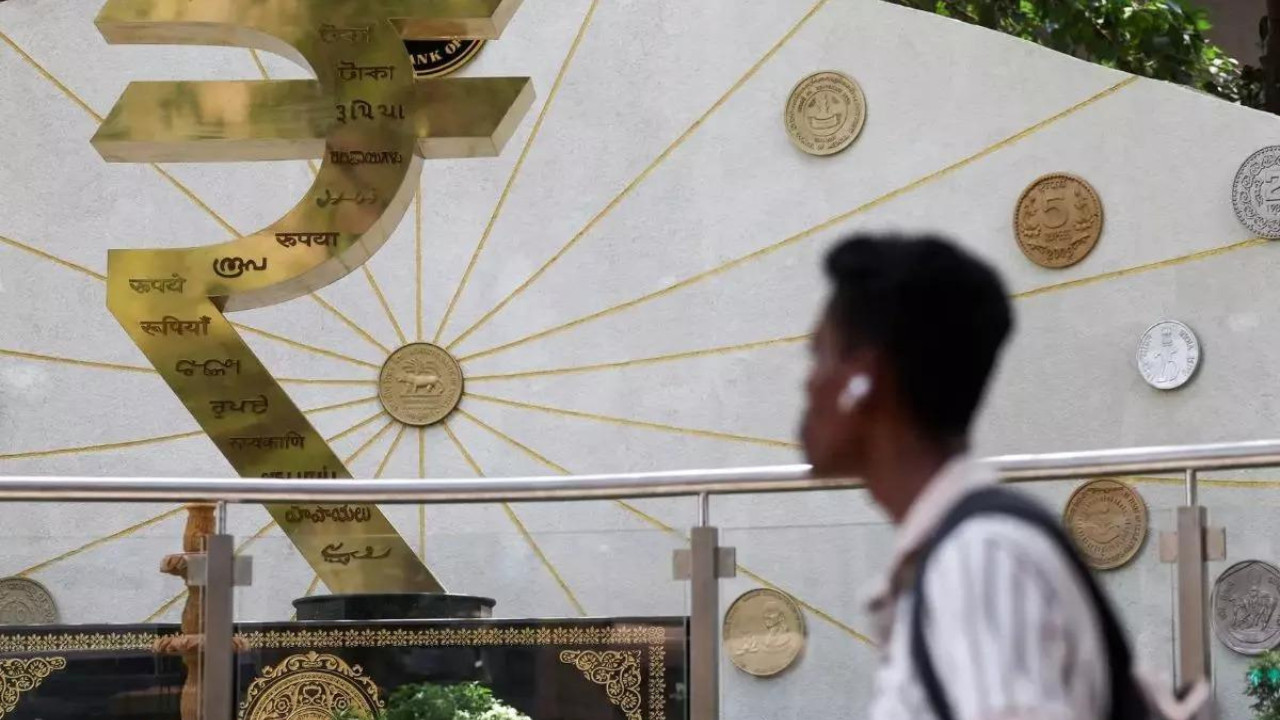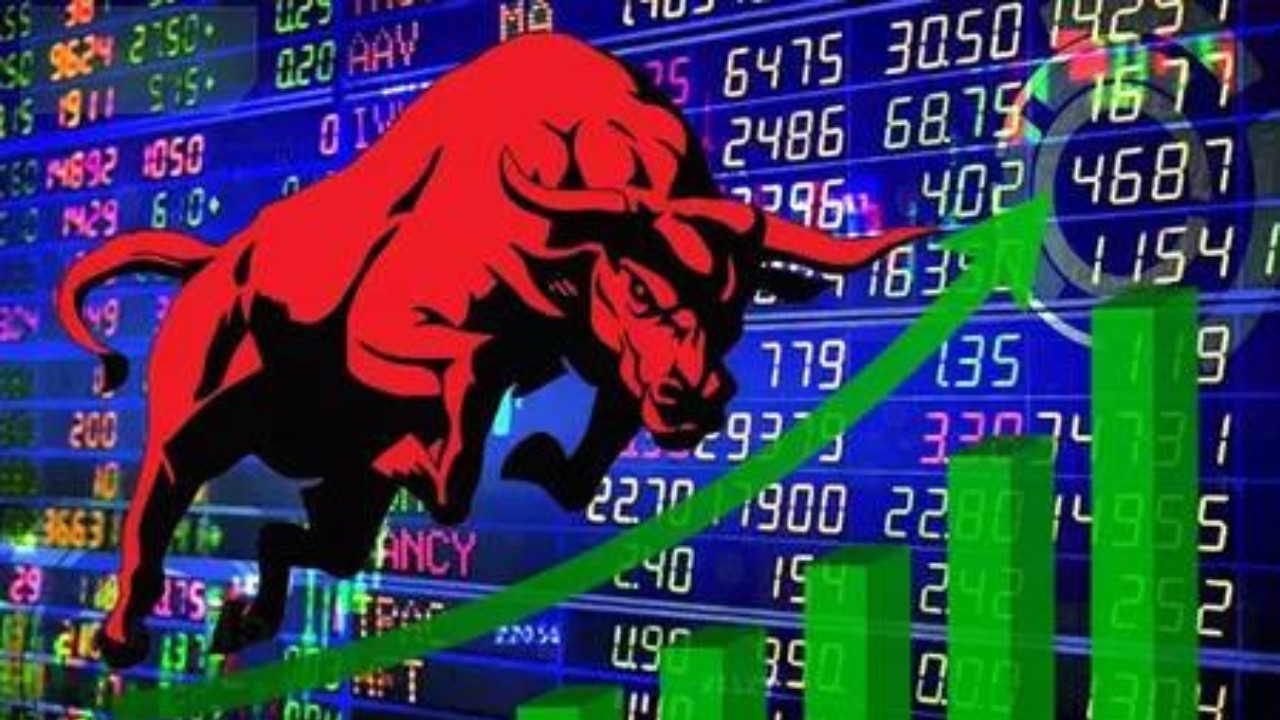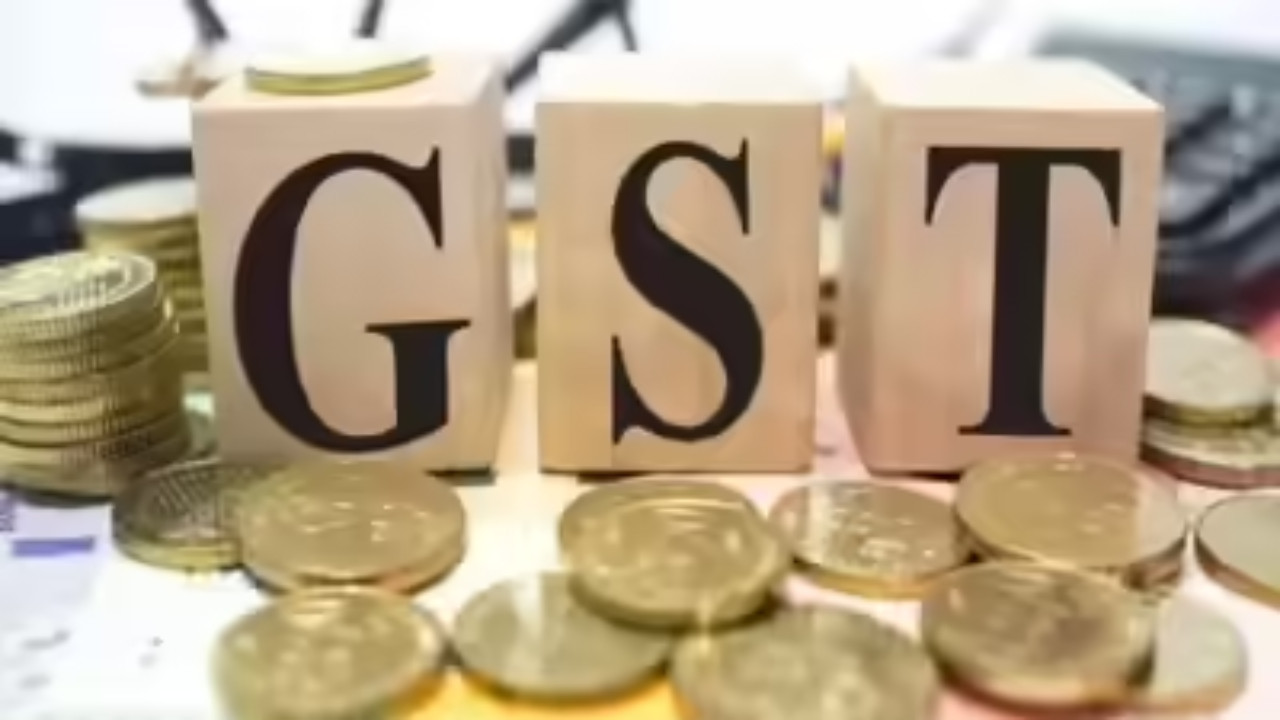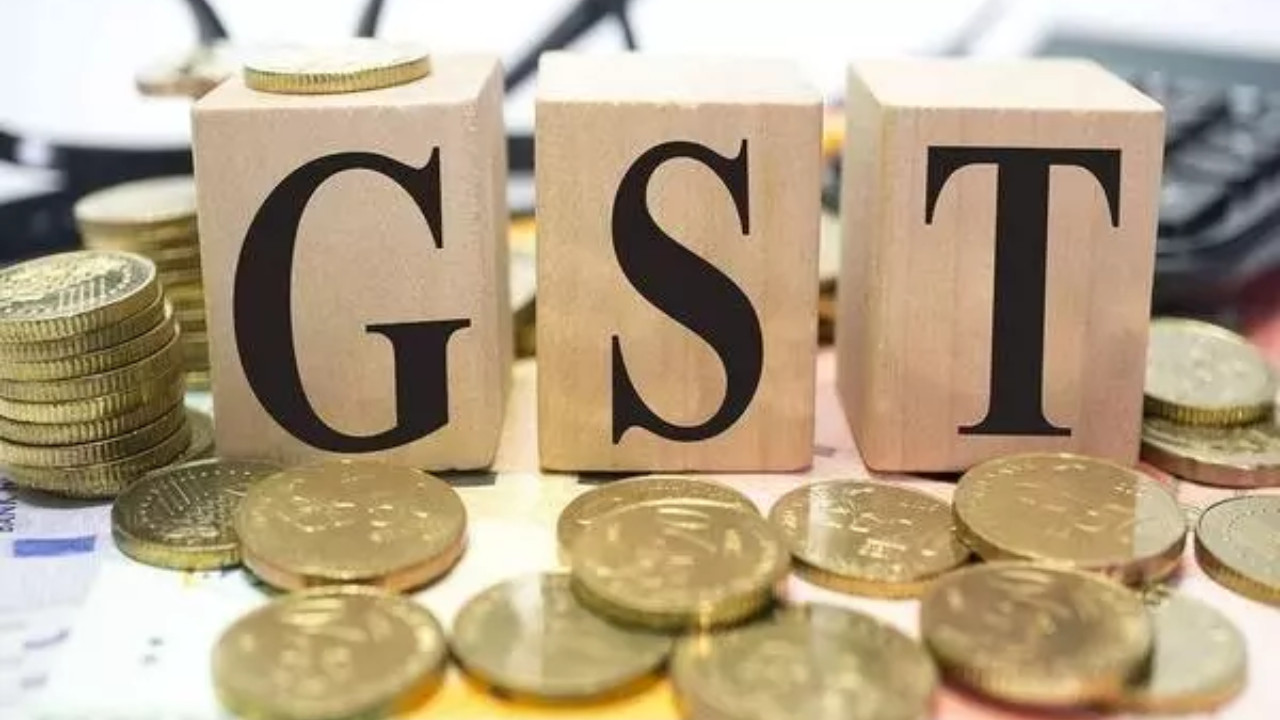The Indian rupee weakened to 86.34 against the US dollar due to rising crude oil prices and geopolitical tensions in the Middle East. A stronger dollar and subdued domestic equities further pressured the rupee. Despite bearish cues, foreign institutional investors were net buyers, purchasing equities worth Rs 1,482.77 crore.
The Rupee’s Wobble: What’s Behind the Latest Dip (and Should You Care?)
Okay, let’s talk rupees. You might have noticed a little wobble in its step lately – a slight stumble against the ever-powerful US dollar. Yesterday, it took a dip, shedding 30 paise to settle at 86.34. Now, while that might sound like financial jargon only Wall Street wizards care about, it’s actually connected to a whole bunch of stuff happening globally, and yeah, it could potentially nudge your wallet too.
So, what’s the story?
Think of the rupee like a tiny boat on a slightly choppy ocean. The ocean’s currents are the global economy, and lately, those currents have been getting a little rough. The biggest wave, the one really pushing the rupee around, is good old crude oil.
Oil prices have been spiking. And when oil prices climb, India, being a major oil importer, feels the pinch. We need dollars to buy that oil. Higher oil prices mean we need more dollars to buy the same amount of oil. This increased demand for dollars naturally pushes the rupee downwards. It’s a simple supply and demand equation, really.
But why is oil so expensive right now? Here’s where the “geopolitical crisis” comes into play, as those dry news reports often call it. Without naming specific nations, let’s just say global instability tends to send jitters through the oil markets. Uncertainty creates speculation, and speculation often leads to price hikes. If the world seems volatile, expect the oil market to reflect that anxiety.
Beyond oil, the stock market is also playing its part. The equity markets haven’t exactly been painting a rosy picture lately, and weaker equities often translate to a weaker rupee. Investors, seeing a downturn, might pull out their money, opting for the perceived safety of the US dollar, further fueling its demand and weakening the rupee.
Now, the million-dollar question (or rather, the 86.34-rupee question) is: what does this mean for you and me?
Well, for starters, anything imported becomes more expensive. Think about your gadgets, electronics, maybe even some food items. If it’s coming from overseas and priced in dollars, that price tag will creep up slightly as the rupee weakens. It’s subtle, not necessarily a catastrophic overnight change, but a steady trickle of inflationary pressure.
For businesses relying on imports, this adds to their costs, and eventually, those costs are often passed on to the consumer – you.
However, it’s not all doom and gloom. A weaker rupee can actually be a boon for exporters. Indian companies selling goods and services abroad will find their products relatively cheaper and more attractive to international buyers. This could potentially boost exports and provide some much-needed support to the Indian economy. Think of our booming tech sector – a slightly weaker rupee makes our IT services even more competitive.
So, where do we go from here?
Predicting currency movements is notoriously difficult. It’s like trying to forecast the weather six months in advance – too many variables in play. Much depends on how the global situation unfolds. Will tensions ease? Will oil prices stabilize? Will the Indian stock market regain its footing?
The Reserve Bank of India (RBI) is also a key player. They have various tools at their disposal to manage the rupee’s volatility, including intervention in the foreign exchange market. It’s like the captain of our little rupee boat, carefully adjusting the sails to navigate the choppy waters. How effectively they maneuver will significantly influence the rupee’s trajectory.
Ultimately, the rupee’s current wobble is a reminder that we live in a globally interconnected world. Events happening thousands of miles away can have a ripple effect on our everyday lives. While we can’t control the global economy, understanding the factors influencing the rupee can help us make informed decisions and perhaps even protect our wallets a little. So, keep an eye on those oil prices, pay attention to global events, and remember that even a small dip in the rupee can tell a bigger story about the world around us. And maybe, just maybe, it’s time to support those “Make in India” initiatives a little more consciously!







